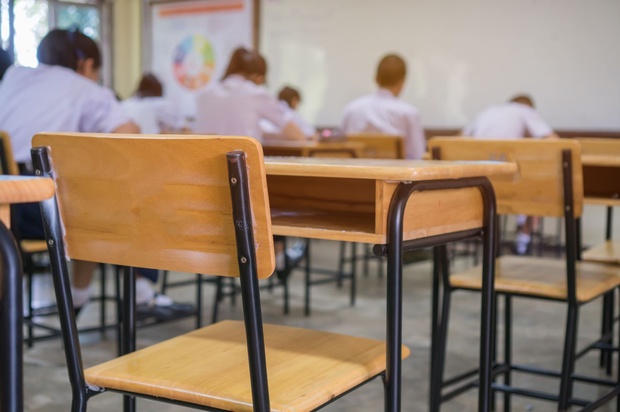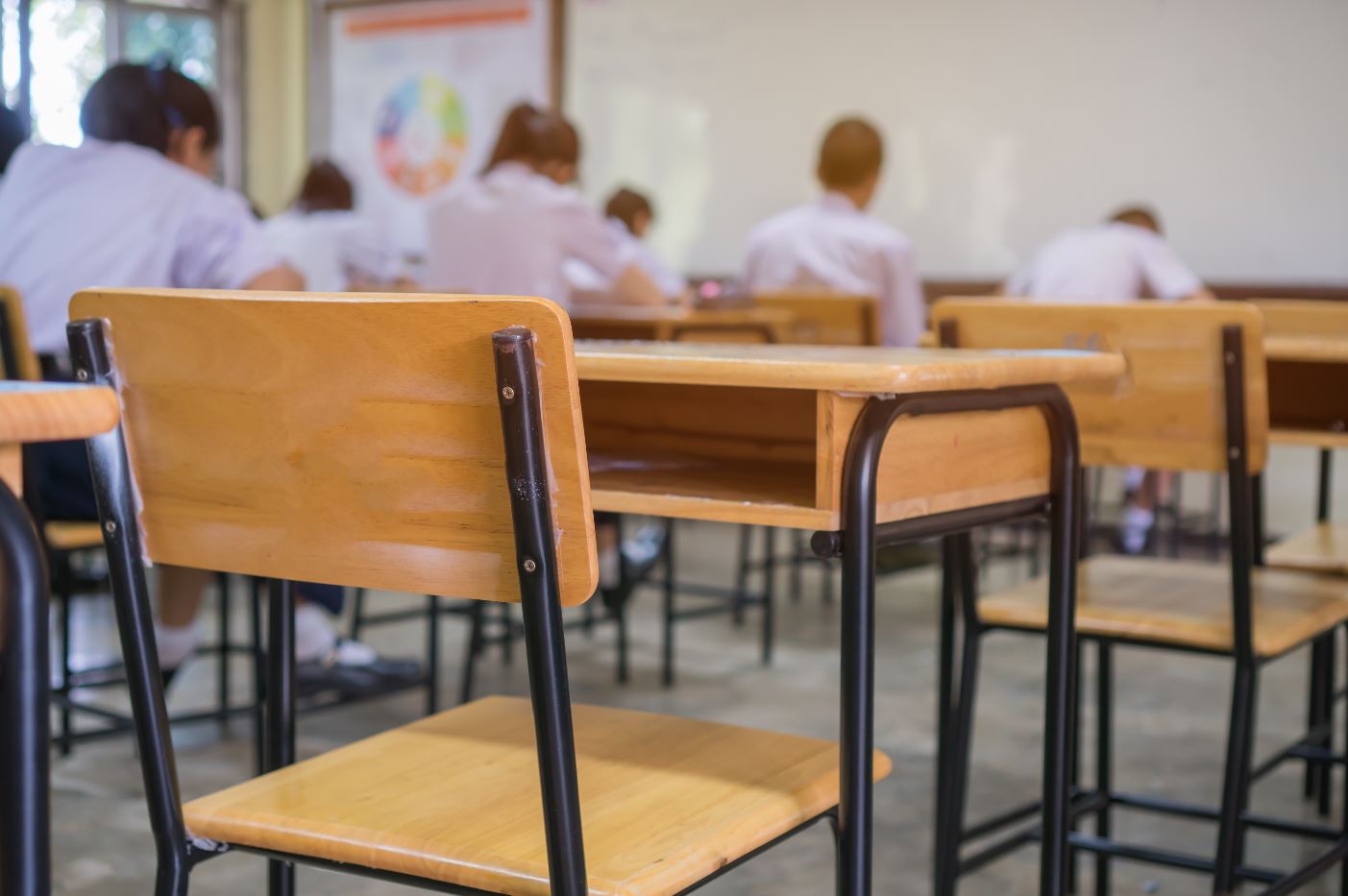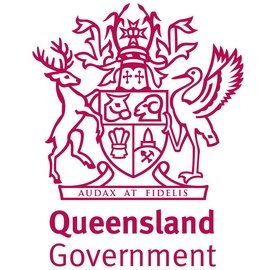The report, released today by the Australian Education Union (AEU) as Commonwealth, State and Territory leaders gather for the National Cabinet, used ACARA data and a strict methodology to ensure only schools of the same type – with very similar student, parental and household characteristics, of similar size and in the same jurisdiction – were compared.
The data has revealed that in 2013, there were 1146 private schools (or 45 per cent of all private schools) receiving more combined government funding per student than comparable public schools. By 2022, this had increased to 1550 private schools (or 56.3 per cent of all private schools).
AEU Federal President Correna Haythorpe said the shock findings underlined the urgent need for public schools to be fully funded by all governments.
“Since 2011, governments have lost their way with school funding, with the gap in total government funding between individual private and public schools now as high as $7,282 per student,” Haythorpe said in a statement.
“This unfair private school funding advantage translates into a school resourcing and staffing advantage and has fuelled a private school capital works boom, while at the same time denying public schools the recurrent funding needed to attract and retain teachers and to address the high level of student needs in the classroom.
“These findings reflect the impact of more than a decade of special deals delivered under the previous Coalition Government for the private school sector and a fundamental lack of transparency in the way that Australian schools are funded.”
In response, Independent Schools Australia (ISA) said it was disappointing “to see, yet again, the AEU using the complexity of school funding as a smokescreen to launch misguided and misleading attacks on individual non-government schools and their communities”.
ISA CEO Graham Catt said ACARA specifically warns against using the data to make direct funding comparisons between schools, even those in the same sector, due to the difference in funding and operating models.
“The AEU has disregarded that warning, and used the data to create misleading sector comparisons,” Catt said.
“Independent schools serve diverse students and communities, with diverse needs and so there are many variables in how funding is determined.
“But the simple fact is that public schools will always receive more government funding than non-government schools on a per student basis, where they enrol an identical cohort of students.”
The Greens said Labor’s school funding plan is a ‘reverse Robin Hood’, bleeding public schools dry to give to wealthy private schools.
The Government’s proposed ‘Better and Fairer’ Schools Agreement, The Greens said, does nothing to address this and will actually lock in another decade of underfunding for public schools, cementing Australia’s school system as one of the OECD’s most unequal and segregated.
Greens spokesperson on Primary and Secondary Education, Senator Penny Allman-Payne said every school parent can see that what we currently have is a “deeply broken, inequitable and damaging system”.
“Even when you hold a private school and a public school next to each other that are as similar in demographic as possible, the current system still tilts the scales in favour of the private system,” Allman-Payne said.
“Every day this year, the Federal Government will give $51 million to private schools. Every day. Who can look a public school parent in the eye and say that’s a fair system?”
The Senator cited Cranbrook School, which is known for its $125 million redevelopment, including an aquatic centre, yet it received $4.5 million in Commonwealth government funding in 2022, while also making $62m from parents in fees.
“It’s an absolute joke and the only ones laughing are rich private schools,” she said.
Catt said the latest data clearly shows that nationally, independent school students receive an average of $12,160 in government funding, while public school students receive $22,510.
“Every Independent school teacher, every leader, every parent wants to see all schools fully and fairly funded.” he said.
“They shouldn’t be the subject of attacks like this that deliberately seek to fuel division. Instead, we should be united across all sectors to ensure that every Australian child gets the best education possible.”
Speaking in The Age newspaper, Victorian Catholic Education Authority chief executive officer Elizabeth Labone agreed and said the union’s analysis had ignored several factors that impacted funding, including higher allocations for students with disabilities.
She said the latest Productivity Commission figures showed Victorian non-government schools received 40 per cent less in government funding than public schools.
“The Australian Education Union is once again cherry-picking schools to paint a misleading picture of school funding,” she said.
Haythorpe said funding inequity for the nation’s public schools is a direct result of a deliberate undermining of the Gonski review’s school funding reforms by the Abbott, Turnbull and Morrison Governments.
“It is now up to the Albanese Government to address these wrongs and deliver on full funding at 100 per cent of the SRS for all students in Australia. Anything less will fail students and their teachers in public schools.”
The latest NAPLAN results from last month showed one-third of Australian students are not reaching minimum expectations, again highlighting the failures of the nation’s current education policies.
States and territories are at present locked in intense negotiations with the Federal Government, hoping to ensure public schools reach 100 per cent of the SRS agreed under the Gonski reforms recommended 13 years ago.
Public schools, which educate 64 per cent of Australian students, remain about $5 billion short every year — roughly 5 per cent of their minimum estimated SRS needed, combined with other funding shortfalls.















